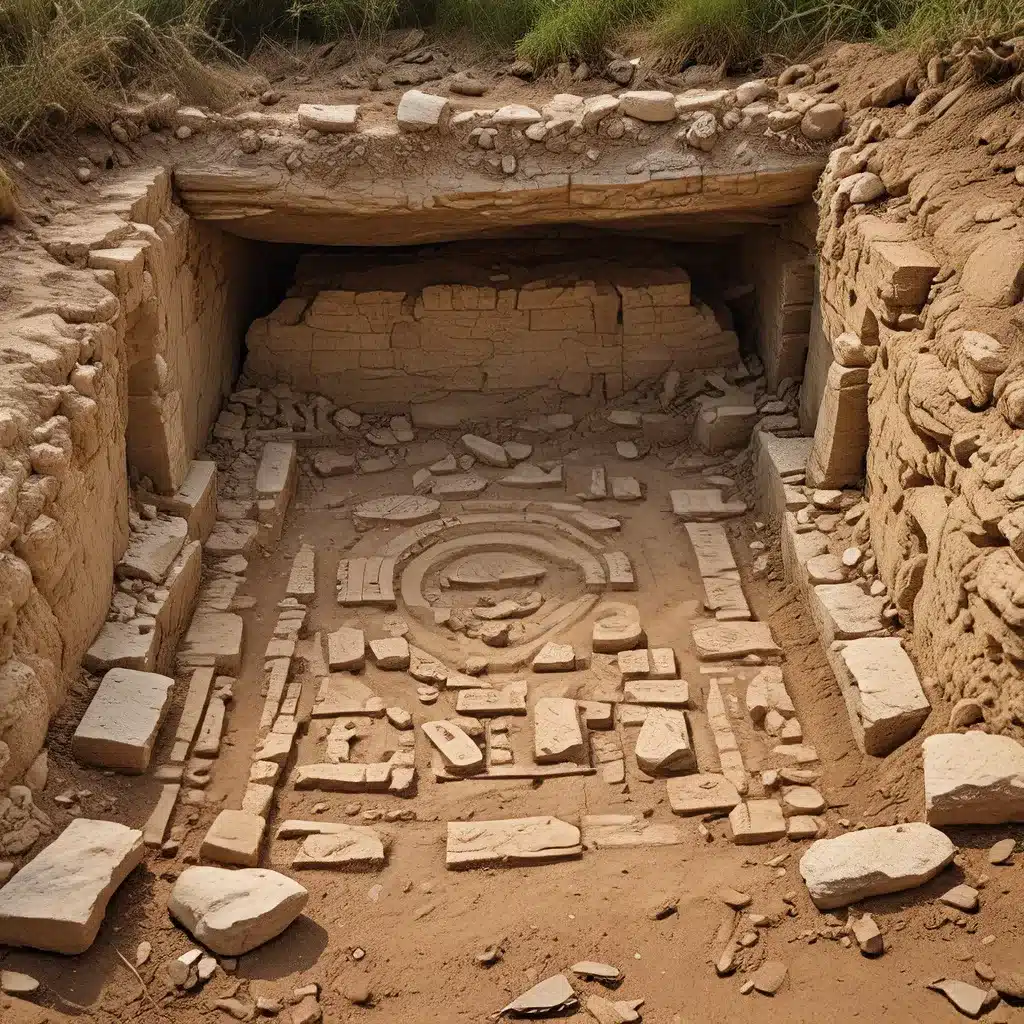
Unveiling the Mysteries of Ancient Civilizations
The study of archaeology has long captivated the minds of scholars, historians, and the curious public alike. From the vast empires of the past to the enigmatic ruins that dot the landscapes of our modern world, the secrets of bygone eras have an irresistible allure. As we delve deeper into the annals of history, each new discovery serves to challenge our preconceptions and shed light on the intricacies of human civilization.
One of the most remarkable aspects of archaeology is its ability to transport us back in time, allowing us to witness the lives and customs of our ancestors. Through the meticulous excavation and analysis of artifacts, archaeologists uncover a tapestry of human experiences, revealing the ingenuity, resilience, and cultural diversity that have shaped the course of history.
Uncovering the Wonders of Ancient Civilizations
Throughout the world, archaeological sites have become windows into the past, offering glimpses of the achievements and struggles of our forebears. From the towering pyramids of Egypt to the intricate stone carvings of the Mayans, each discovery serves to expand our understanding of the remarkable civilizations that once flourished on our planet.
One such example is the Terracotta Army in China, a vast collection of life-size warrior statues that were discovered in the 1970s. This remarkable find not only provided insights into the military prowess of the Qin Dynasty but also shed light on the artistic and technological advancements of the era. The sheer scale and attention to detail of the Terracotta Army have left researchers and the public alike in awe of the achievements of this ancient culture.
Another captivating example is the Nazca Lines of Peru, a series of geoglyphs etched into the desert landscape that have baffled scholars for decades. These intricate designs, depicting everything from animals to geometric patterns, have led to numerous theories about their purpose, ranging from ritualistic practices to astronomical observations. The Nazca Lines stand as a testament to the ingenuity and creativity of the Nazca civilization, challenging our understanding of their world and their place within it.
Unraveling the Mysteries of Vanished Civilizations
As we delve deeper into the world of archaeology, we are often confronted with the enigmatic and elusive nature of certain ancient cultures. The Indus Valley Civilization, for instance, was a thriving urban society that flourished in present-day India and Pakistan, yet its written language remains undeciphered to this day. This lack of translation has left scholars scrambling to piece together the social, economic, and religious aspects of this remarkable civilization.
Similarly, the Mohenjo-daro site in Pakistan, once a bustling city of the Indus Valley Civilization, has yielded numerous artifacts and architectural wonders that continue to fascinate researchers. The grid-like layout of the city, its sophisticated sanitation system, and the absence of obvious religious structures have all contributed to the ongoing debate surrounding the nature and organization of this ancient society.
Embracing New Theories and Discoveries
As the field of archaeology continues to evolve, researchers are constantly challenged to re-evaluate their assumptions and consider alternative explanations for the mysteries of the past. The discovery of the Göbekli Tepe site in Turkey, for example, has upended our understanding of the origins of civilization. This monumental complex of carved stone pillars, dating back over 11,000 years, predates the development of agriculture and writing, forcing us to reevaluate the traditional narrative of human progress.
Similarly, the ongoing excavations at the Çatalhöyük site in Turkey have revealed a sophisticated urban settlement that challenges the commonly held belief that cities only emerged after the advent of agriculture. The intricate wall paintings, sculptures, and burial practices uncovered at Çatalhöyük have shed new light on the social and cultural dynamics of this ancient community, inspiring scholars to rethink their understanding of the origins of urban life.
Conclusion: Embracing the Wonders of the Past
As we continue to peel back the layers of history, the field of archaeology remains a thrilling and ever-evolving frontier of human understanding. Each new discovery and emerging theory serves to broaden our perspective on the rich and diverse tapestry of human civilization. By embracing the wonders of the past, we not only deepen our knowledge of our ancestors but also gain a deeper appreciation for the resilience and ingenuity that have shaped the course of human history.
The journey of archaeological exploration is far from over, and as we continue to uncover the secrets of bygone eras, we can only imagine the incredible insights and revelations that await us. It is a testament to the human spirit that we remain captivated by the mysteries of the past, driven to unravel the stories of our ancestors and celebrate the wonders of the Lost Kingdoms that have echoed through the ages.


